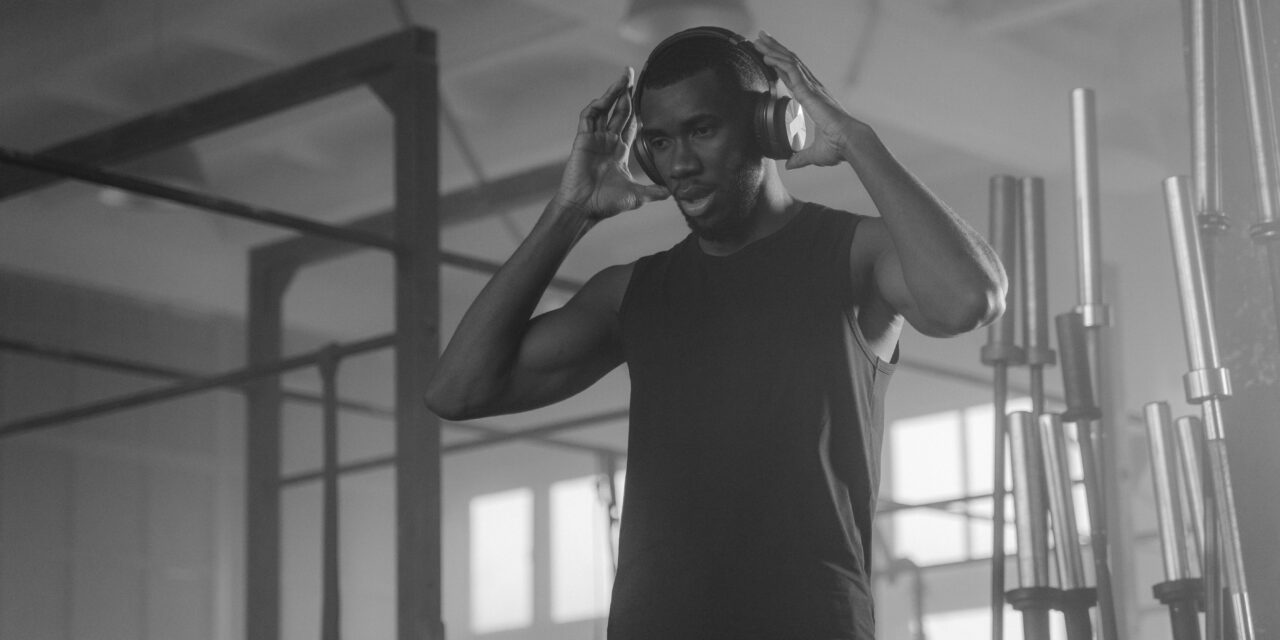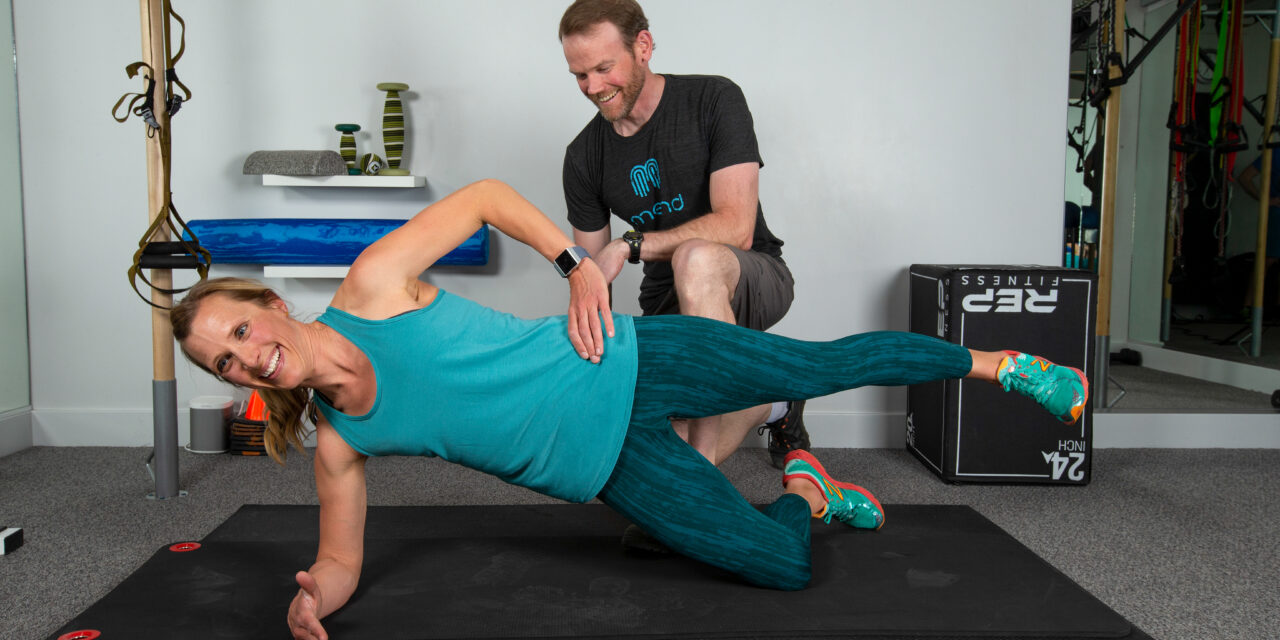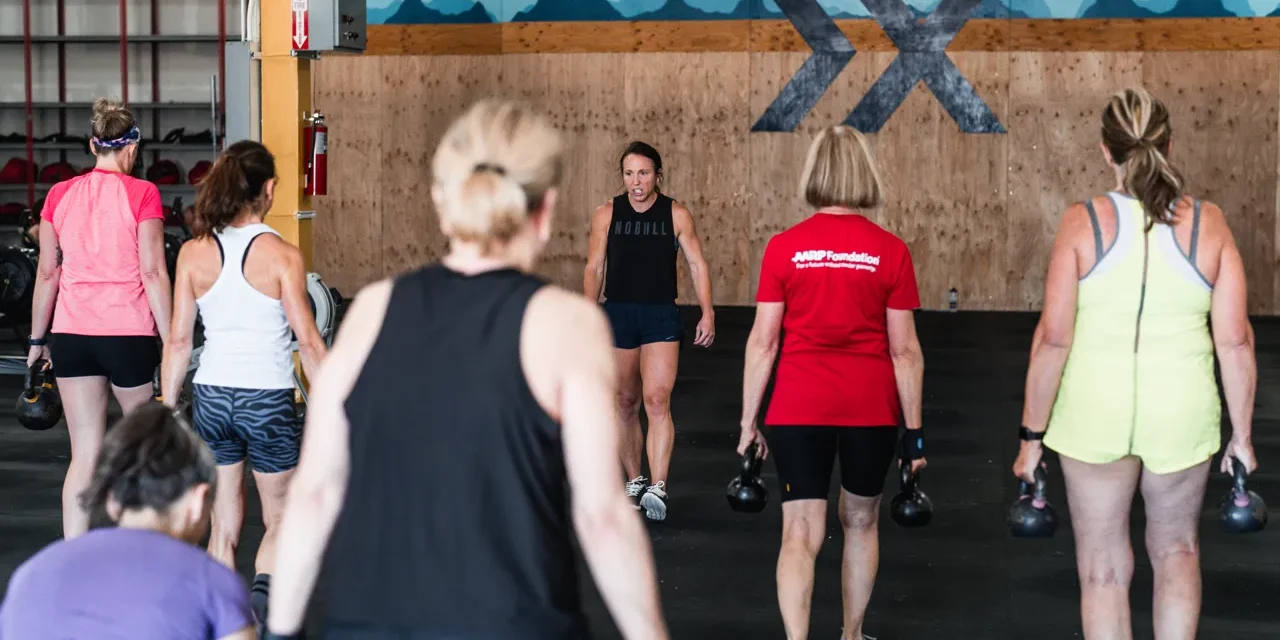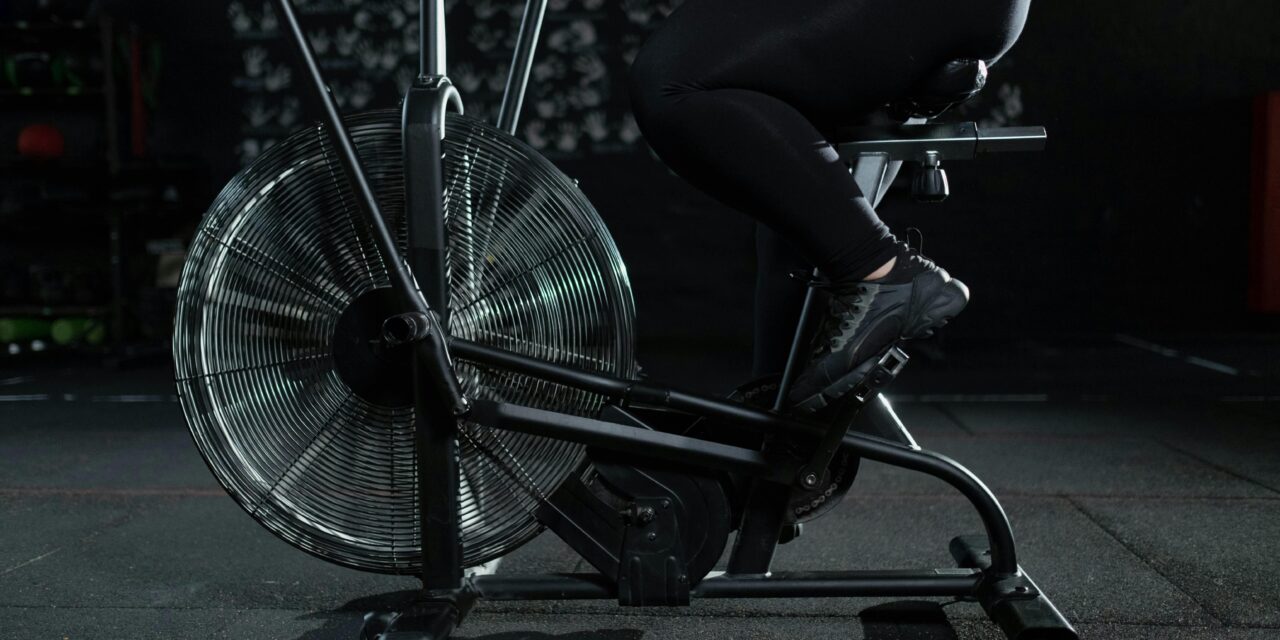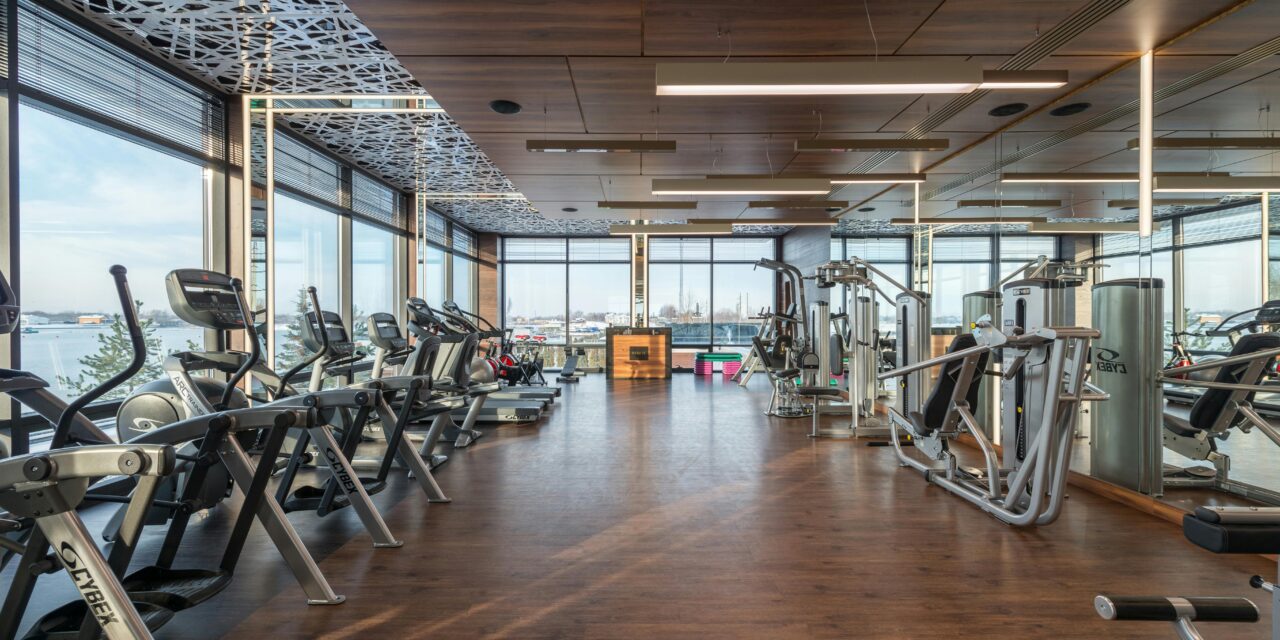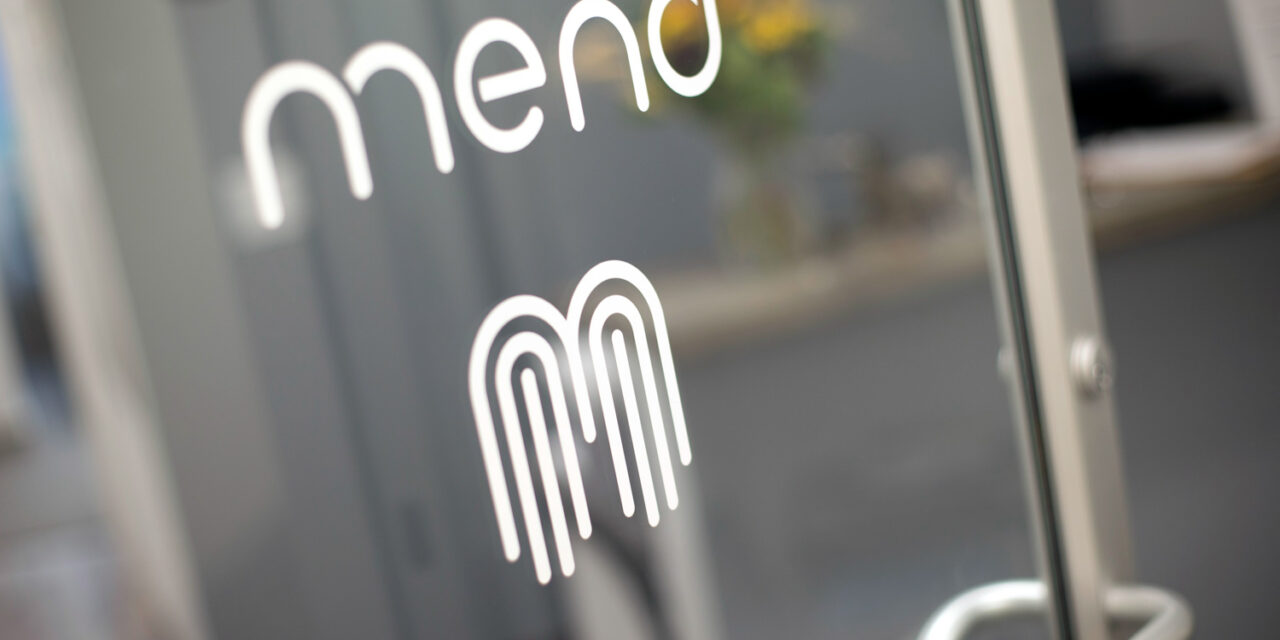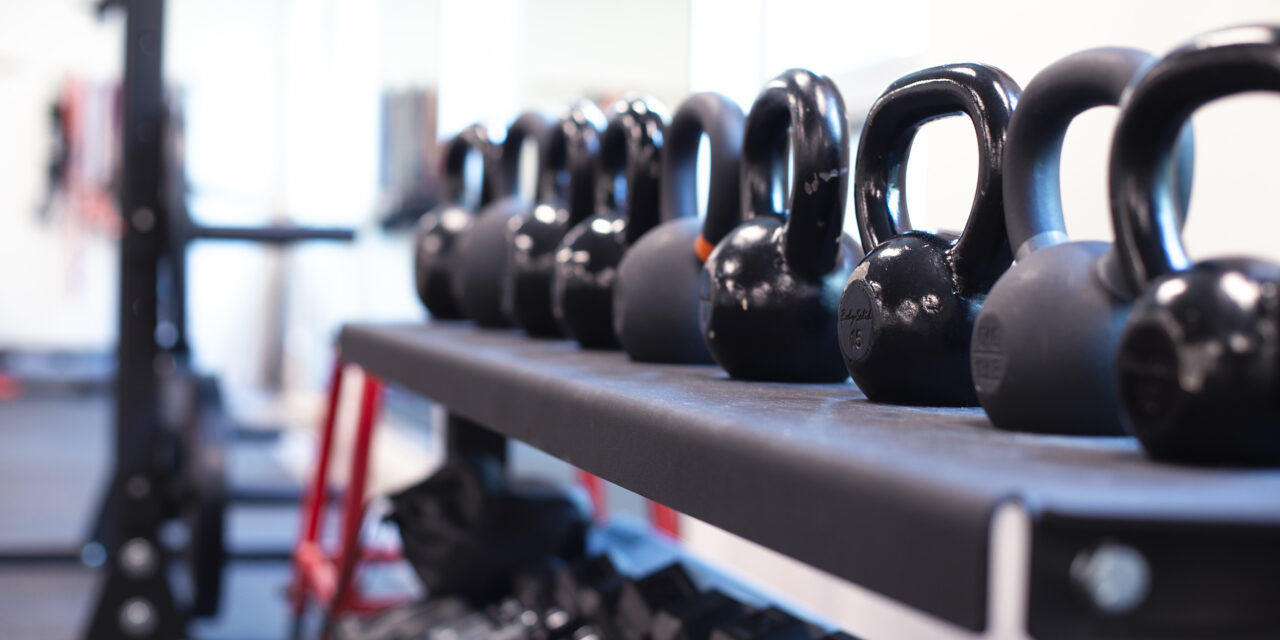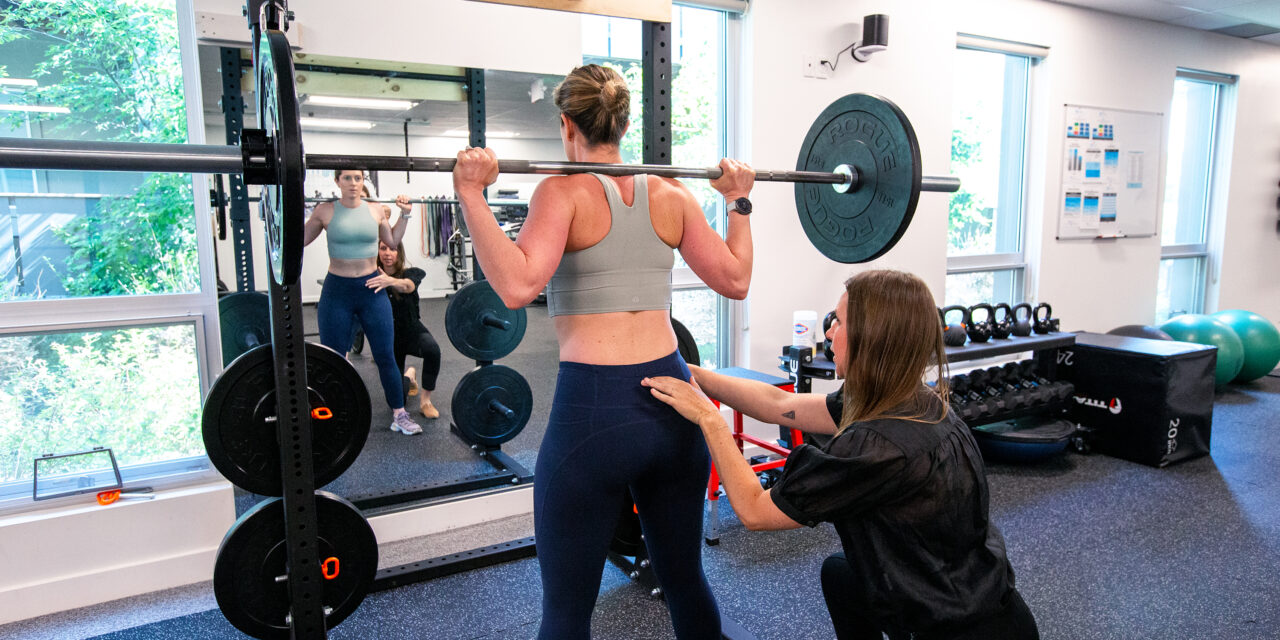How Your Favorite Music Can Boost Your Workout Session
it is hard to find someone in a Boulder County gym or outdoor area who is not utilizing music to help fuel their workout. Whether engaged in aerobic exercise or strength training music can provide participants more enjoyment during the activity and also boost performance during the session. Thanks to technology advancements it has become...

